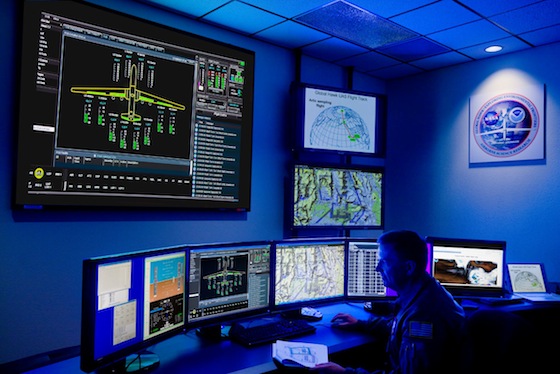Scientists love the spy aircraft, but privacy concerns linger
Yesterday morning at 8:41AM EST, a NASA airplane took off into the gray sky over Wallops Island, Virginia, heading straight for a massive dust cloud off the coast of Africa. While flying directly into such inhospitable conditions may seem like a death wish, the pilots of this particular plane weren't in any danger. Instead, they were back on safe, solid ground in Wallops and in Dryden, California, controlling the unmanned aircraft remotely. And the success of their mission could not only help scientists better predict hurricanes — it could also help reset some of the negative public opinion about drone usage. That's at least the hope of the company behind the drone, military contractor Northrop Grumman, which points out that the very same type of aircraft was used to help find and kill Osama bin Laden.
"it might change some perceptions."
"If we publicize a bit more the nontraditional uses it might change some perceptions," says Jessica Burtness, communications representative at Northrop Grumman's Global Hawk division. "I know our unmanned aircraft have been used largely for war-fighting and combat purposes, but they've also been used for humanitarian purposes and for research by NASA." Luckily for Northrop, NASA is taking it upon itself to help publicize its new Global Hawk mission, holding a public media briefing at Wallops on September 10th.

A pilot for NASA's Global Hawk drone controls the aircraft from a remote command center. (Credit: NASA/Northrop Grumman)
In fact, this NASA drone mission is actually just the latest in a long series of the US space agency's experiments with unmanned aircraft, which date back to the late 1960s, when NASA first attempted to develop a remote pilot system for manned propeller planes. At that time, the immature technology relied upon nose-mounted fisheye lens cameras to give pilots on the ground a view comparable to that of a pilot on board, and it never really moved past the research stage. But in the late 1990s, NASA launched a program to partner with commercial aerospace companies and develop new, more advanced sensors for unmanned aircraft. From this program came the iconic Predator combat drone, made by General Atomics, as well as many of the fundamental technologies behind the modern drone boom.
Source
No comments:
Post a Comment
Note: Only a member of this blog may post a comment.